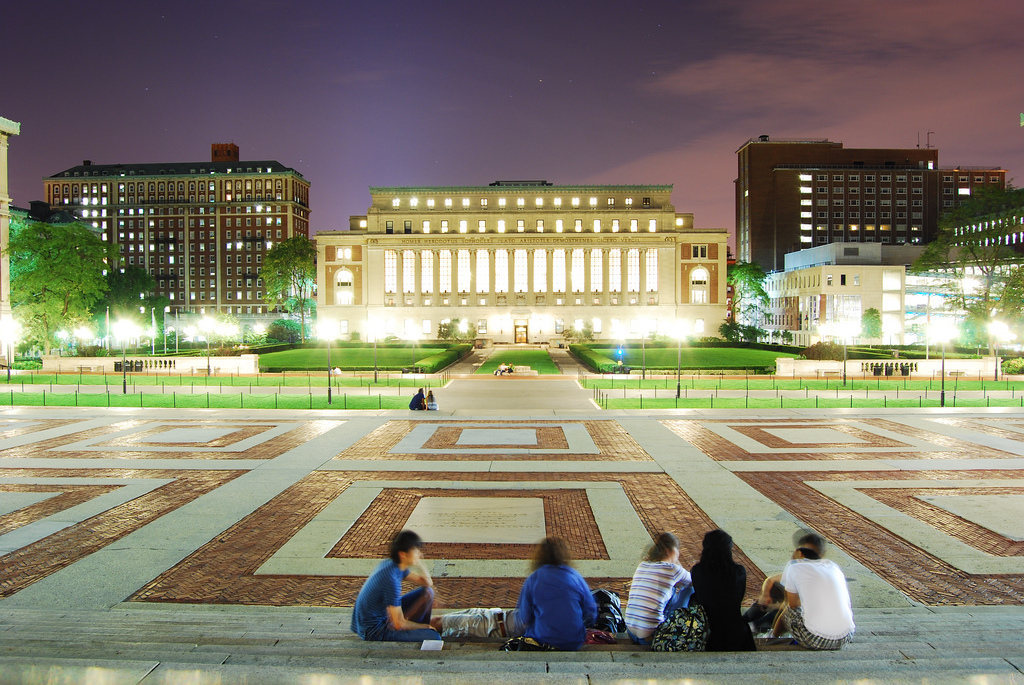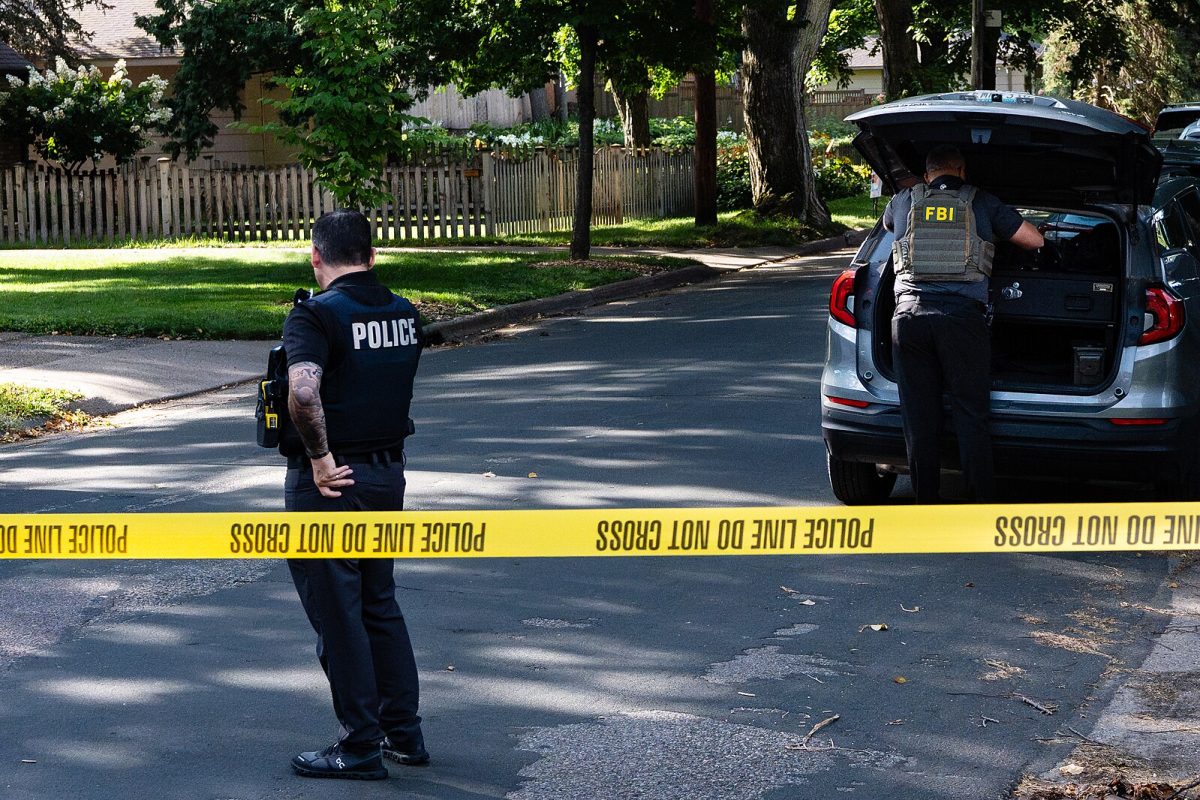The implementation of sustainability practices and environmental curriculum in schools is not a simple feat. A school’s ability to be successful in this regard depends on its priorities, community support, financial resources, and state regulations. While lack of funding and strict state regulations can make the achievement of sustainability more difficult for certain schools, it is incorrect that environmental sustainability is not possible for these schools at all. Countless institutions from coast to coast tackle this effort differently, depending on the varying issues that impact them and their creativity.
It is no secret that our nation struggles with providing equal resources and standards of education around the country. A member of the U.S. Department of Education, Andrea Falken, stated, “What education you receive, it really varies…Education is so locally funded in this country and it depends on local tax base…So, education is really uneven in this country and that is one of the roles of the federal education agencies, that equity piece that we’re supposed to be looking out for. We see these environmental issues and sustainability as a part of that equity work.” Though Ms. Falkan admitted that funding of schools does play a role in the ability to implement environmental sustainability, she also stressed that schools of different funding levels can make this issue a priority, even though it may look different.
The Northern part of the Green Strides tour alone uplifted a variety of schools ranging from privately to publicly funded, and every school showed outstanding and creative work toward sustainability. Bay Farm School is a public K-8 school that was awarded the Green Ribbon award in 2016. Some of the unique ways that this school has worked towards environmental consciousness were in lobbying the Alameda Unified School District for fresh salad bars, creating a “no idling policy” for cars, and maintaining their school garden. Another public school recognized in the Green Strides Tour was Los Altos High School, which was awarded the Green Ribbon award in 2021. This school is acknowledged for its science program, which includes unique courses such as Agricultural Ecology and Biotechnology. Their classrooms and buildings are all LEED-certified and 55% of the school’s energy is provided by solar panels. These are only a few examples of the unique ways that schools are going about implementing environmentally conscious practices.
Another issue that influences environmental sustainability in schools is education-related laws and regulations in different states. In the United States, there has been a large debate surrounding censorship in education. Generally, these conversations are centered around race, American history, and sexual orientation/gender expression. However, it also impacts environmental education, particularly the inclusion of Climate Change in the scientific curriculum. In regards to this question, Ms. Falken noted, “It’s an interesting situation to grapple with from where I sit because I see these articles float up about district x in Texas fighting to include Climate education in their district while certain board members feel like it doesn’t make sense. They question: Why are we teaching this? Why aren’t we teaching about the benefits of fossil fuels?” She continued, “We are statutorily prohibited from touching curriculum. But one thing that the U.S. Department of Education can do is lift up some of these outstanding examples like we’re doing at this tour today…To show this is how schools and districts are teaching these issues.”
It can seem discouraging to think that even the U.S. Department of Education has, as Ms. Falken noted, “relatively little say in how those things pan out,” however, she stressed that there are still ways to lead by example and create progress. Despite state regulations in regards to curriculum, Ms. Falken noted that states like New Jersey have made Climate change education mandatory and Maryland has created an environmental literacy graduation requirement. Furthermore, she described how schools in different states use these regulations and differences to develop creative and unique takes on environmental curriculum and practices. She noted that schools in more rural areas emphasize agricultural education and the importance of caring for the land around them.
Though censorship in education and unequal school funding are both prominent issues in America that need to be addressed, it is clear that schools around the country are still working towards environmental sustainability and this gives hope for a cleaner future. Furthermore, programs like Green Strides and the Green Ribbon Award work to make sustainability a bit more accessible and emphasize that sustainability is a process that requires support.
The Green Ribbon Award recognizes schools’ conscious efforts to implement environmental awareness into their curriculums, community habits, and school policies. The awards are received in three tiers: gold, silver, and bronze. Schools are never penalized if they don’t meet certain qualifications that would place them in higher tiers, instead, they are celebrated for the achievements they can accomplish. As George Garcia, the program lead for the California Green Ribbon schools under the California Department of Education, explained, “This system allows a little bit of space for applicants to just say, this question doesn’t apply to my school…the beautiful part of the application is that it is intentionally large just to give a number of possible achievements… in some cases, it works as a road map to sustainability.” He furthered this by noting that the state program “is there to support the eventual growth to green achievement.” This emphasis on inclusion, support, and continual growth, is what makes this Green Ribbon award so unique and helpful in the process of creating more environmentally conscious schools. It doesn’t ignore the fact that sustainability looks different in schools with different funding levels or locations, it simply encourages them.
It is clear that implementing environmentally conscious practices and environmental curriculum in schools is not a simple task, however, it is never impossible. Programs like Green Strides and the Green Ribbon Award provide hope for making sustainability accessible to all schools. Sustainability, environmental awareness, and climate change are not issues that will be leaving any time soon and should not be ignored. It is uplifting to see that so many schools, communities, and people are dedicated to working towards environmental sustainability in institutions that are raising the next generation who will take over this fight.












Julia Perry • Nov 8, 2023 at 1:09 pm
I love this article! Very interesting!